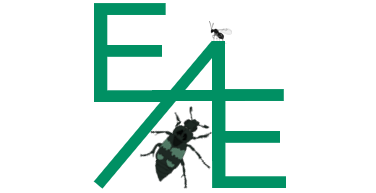The role of vibrational and airborne communication in the evolution of parental care in burying beetles
DFG
From 06/2019 to 01/2024Principal Investigator: Taina Conrad
Family life is thought to be the first step in the ‘major evolutionary transition’ from solitary to social life and eusociality. In family life communication is key - animals have to recognize a partner and be able to evaluate their trustworthiness and capabilities. They also need to coordinate their actual interactions with their partner and their offspring. All of these are accomplished by some form of communication, be it acoustic, vibrational, chemical or visual. The ‘social complexity hypothesis’ states that communication systems should be more complex in groups with complex social systems. Burying beetles (genus Nicrophorus) exhibit a rather complex family life with numerous interactions between partners as well as their offspring. However, even though Darwin already mentioned the stridulatory organ in Nicrophorus, the vast majority of the studies to date have focused on chemical signals for communication, and multimodal signals such as combinations of chemical and acoustic components haven’t been studied at all.Sound, and probably vibrations, are produced by burying beetles in various different situations – in interactions with competitors and predators, while burying, during the feeding of the larvae and in encounters of male and female, yet the specific functions of these signals are unclear so far. The aim of this project is to investigate airborne and vibrational signals in burying beetles in order to contribute to our general understanding of communication during complex social behaviors and their role in the evolution of parental care. We will examine the different airborne and vibrational signals used in a variety of social contexts of numerous species of Nicrophorus and their specific function. Additionally, we will investigate whether both channels are needed to communicate. In the next part of the project we will use a comparative approach to investigate the role of communication in the evolution of parental care. This will serve to give us an insight into the possible co-evolution of communication and sociality as suggested by the social-complexity hypothesis. Next we plan to look at the morphology of the stridulatory organs of the different species and how this correlates with characteristics of the produced signals. Finally, we will investigate if the stridulatory signals are used as part of a multimodal communication system. This study will therefore provide first insights into the use of airborne and substrate-borne vibrational signals in the context of social behavior in different Nicrophorus species and will clarify how such signals are emitted. The combined analysis of communication, social behavior and parental care will provide us with new insights into the social complexity hypothesis and, through that, give us a deeper understanding on the evolution of communication.

